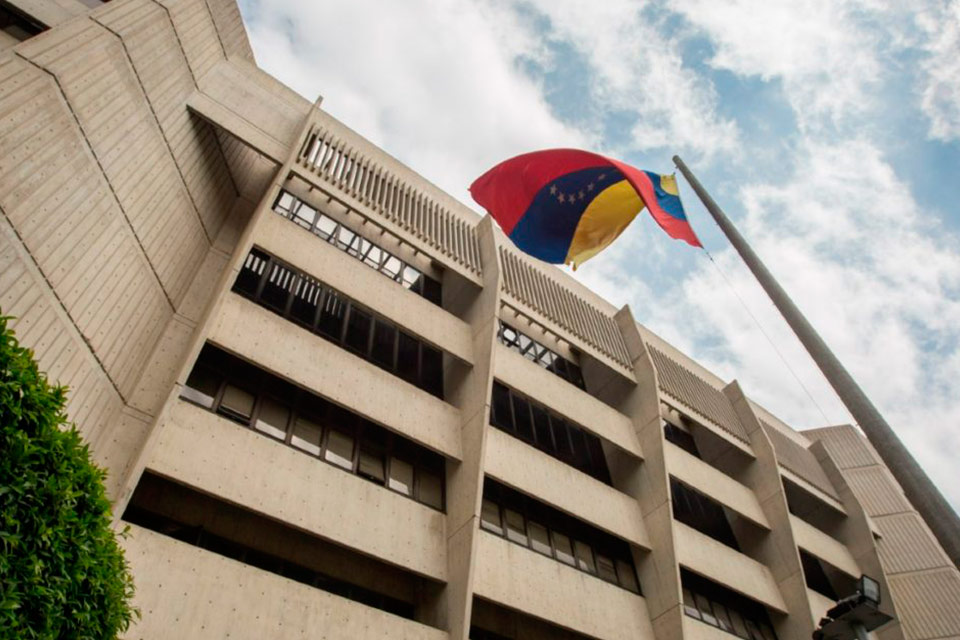Héctor Germán Oesterheld, writer, screenwriter and member of the Montoneros organization, was kidnapped 45 years ago – on April 27, 1977 – by a task force of the last civic-military dictatorship in the city of La Plata, and since then, the creator of “The Eternal”, a mythical cartoon that deals with the value of resistance and heroism as collective acts, remains missing.
Committed to a view of the world and life that was reflected in his works, Oesterheld joined the militancy in the ’70s, when he had a recognized career in the publishing industry.
Recognized author in the world of comics since the ’50s, with works published in magazines such as “Border, Zero hour Y misterixOesterheld decided to accompany the militancy of his daughters Estela, Beatriz, Diana and Marinaand join as mail to Montoneros.
Two of the author’s daughters were pregnant at the time of being kidnapped.
Between Héctor, his daughters, their three husbands and the two boys or girls who are supposed to have been born in captivity, there are ten victims of the dictatorship between disappeared and murdered.
Just elsa sanchez (died 2015), Osterherld’s wife, survived the tragedy that State terrorism imposed on this family and joined Abuelas to raise Martín Miguelone of his grandchildren, who today is a filmmaker.
Oesterherld began to show his interest in changing reality in his years of Geology student at UBAwhen he was part of the Student Center in the Faculty of Exact Sciences and in the field work he carried out for YPF in Comodoro Rivadavia, Zapla and Tupungato.
In the late ’40s, he left geology and began to publish and storiesand the following decade scripted comics who educated the sensitivity of the generation that would join the revolutionary militancy years later.
He founded his own publishing house in 1957, and since then created “El Eternauta”the play that narrated an alien invasion of Buenos Aires, which began with a deadly snowfall and continued with the resistance led by Juan Salvo, the man who understands that “The only valid hero is the one who acts in a group”.
Critics of Oesterheld’s work agree in pointing out that El Eternauta had several editions that reflect a political evolution.
In the first edition, the one drawn by Francisco Solano López, the resistance was made up of people from middle classworkers who joined forces with the military.
In 1969, it is published in the magazine People a version illustrated by Alberto Brecciawhere South America is handed over to aliens by the powers of the North, which implied a more radicalized reading and markedly anti-imperialist.
Already incorporated into Montoneros, Héctor writes the scripts for “The Life of Che Guevara” and other versions of “El Eternauta”, which are broadcast when he was in the secrecy.
On April 27, 1977, he was kidnapped in La Plata, when his four daughters were already missing or murdered.
He passed through the Clandestine Detention Centers of Field of Maythe Vesuvius Y “Sheraton“, located in the Villa Insuperable police station, in the district of La Matanza, where his trail was lost in 1978.
In captivity, learned of the fate of his daughters from their captorswho sought to undermine their morale and torturing him psychologically with details about those falls.
I remember him as a man who He passed us things that he wrote and tried to give us courage to cope with everything we were going through. He was sick, it was hard for him to breathe and he was always wearing an overcoat. Every once in a while they took him to the headquarters, where they made him write a story of San Martin”, recalled in dialogue with Télam Susana Reyes, survivor of “El Vesuvius”, where he claims to have seen Oesterheld alive in 1977.
In that clandestine center, he was also seen by psychologist Eduardo Arias, who testified about Oesterheld’s presence there.
Arias contacted in 1983 the journalist and writer John Sasturyanwho was then working at the magazine “National Holiday”directed by Martín García -former president of the Télam agency- which was proposed as a Peronist alternative to the successful editorial project of Humor magazinecloser to the sector of radicalism that supported the presidential candidacy of Raúl Alfonsín.
“Arias got together with Juan (Sasturian) and the truth is that in principle We were afraid. We thought that it could be a provocation of the services, but no. It was the testimony of a survivor of the dictatorship and based on that a note was written that was published in October ’83, in the number before the elections that Alfonsín would win”, Garcia recalled in statements to Télam.
The note was illustrated by an emblematic drawing, which became a argentina cartoon culture icon and what did the cartoonist do? Felix Saboridowho passed away in February of last year.
In the image, several of the characters created by the author appeared carrying a bannerin which they interrogated the authorities of that dictatorship on the run with a forceful slogan: “Where is Oesterheld?”.
Where is Oesterheld? They wondered Ernie Pike Sherlock Time, Sergeant Kirk, Juan Salvo, Bull Rockett, a Mano…. They came out hand in hand with Félix Saborido in the spring of 1983 for the magazine ‘National Holiday’.
What did they do with him and his four daughters? pic.twitter.com/nR2PLiZ0lq— Cora Gamarnik (@coragamarnik) April 27, 2021
“Saborido respected the style of each of the cartoonists who worked with Oesterheld and composed a great work,” said García, referring to that drawing in which Sergeant Kirk, Ernie Pike, Bull Rocket, Mort Cinder, and Juan Salvo appeared. protagonist of “The Eternal”.
Other characters from that play also appeared, such as Elena, Salvo’s wife -who wore the white scarf of the Mothers of Plaza de Mayo covering her head-, Professor Mosca, Favalli and even a Mano, a member of one of the races that were part of that extraterrestrial invasion that took place in the streets of Buenos Aires, with combats in General Paz and the River field.
Sánchez testified about Oesterheld’s captivity before Conadep, and his statement appears in the report “Never Again”as well as the stories of other survivors such as Pablo Bernadro Szir, Roberto Carri and Ana María Carusso.











